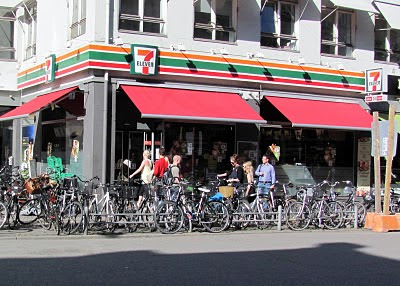
Cruising the Baltic on the Queen Victoria, I had a conversation about blogging and marketing with Alastair Greener, Entertainment Director for the iconic Cunard cruise line. Greener is the enthusiastic blogger responsible for the "
We Are Cunard" blog, which attracts 20,000 readers every month.
The blog is an important marketing tool, reflecting Cunard's heritage, positioning, and points of differentiation that set it apart from other cruise lines, including other brands owned by parent company Carnival. As Cunard makes changes such as adding Hawaii as a port of call, it recognizes that its blog must be relevant to a broader audience, not just the traditional British audience that knows the brand so well.
Greener serves as the blog's host, creating a mix of content for Cunard fans who love to live the cruise life and keep up with the line's latest news. The blog gives Cunard fans an inside view of the company's ships, people, places, and plans.
He frequently hosts guest bloggers from
Carnival as well as comments from special on-board lecturers, Cunard execs, and others who have something to say to Cunard's customers. Currently, many blog entries are about the milestones leading up to the launch of the new Queen Elizabeth.
Looking ahead, Greener wants to post more videos for added appeal and, for Cunard fans interested in behind-the-scenes activities, plans an online archive of information about the ships, the officers, and so on.
Another small but smart marketing touch: We Are Cunard is listed on "
Best Blogs at Sea," an umbrella page of links to all Carnival blogs. Welcome aboard!






